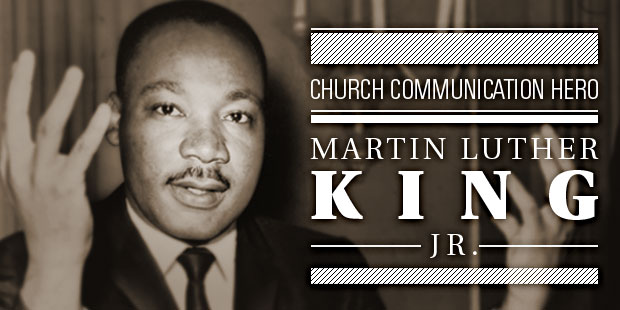
Do More of What You Do Best with 6 Powerful Secrets
Okay, I couldn’t resist calling these “secrets.” Why? Well, they are such as missing practice in ministry today, they functionally behave like secrets. You be the judge:
Secret #1: Ask God for supernatural insight into your “ministry best.”
He already knows what you can do best because he created you to do it. Every other step in this process fails without a spirit of great dependence on God and the full realization that ministry is a stewardship, not derived from you. Peer into your history. Reflect on your identity. Gaze at your strengths. Pray for vision.
Secret #2: Define your “ministry best” with great clarity.
Have you found that amazing place where the right words symbolically yet powerfully capture your “ministry best?” Great leaders usually do and they know it’s worth sacrificing the time for internal wrestling and outside coaching. Clarity isn’t everything but it changes everything. Name your “ministry best.”
Secret #3 Refine your leaders’ understanding of your “ministry best” with great patience.
Be confident in this: Leaders always overestimate how much their team “get’s it.” Check out Jesus’ ministry to strengthen this point. Your tools to create understanding are time and dialogue. Make the time. Tee up the dialogue. Start with your inner circle. When they are clear get every leader in your ministry together and do it again. You are not done this process until everyone responsible for money or people in your ministry is clear.
Secret #4: Communicate your “ministry best” to everyone with great passion.
Now it’s time to open the flood gates. Weave it into every sermon. Bring it up at each meal. Tell the story at today’s meeting. But remember to increase your passion. How do you do that? Consider what problem your “ministry best” solves. Stir your heart with that problem. Communicate the answer in a way that other’s will really feel it, not just hear it.
Secret #5: Consistently change, modify, or tweak the least effective one-third of what you are doing in light of your “ministry best.”
Does this sound hard? It’s really not when you do the first four practices well. In fact this can be a lot fun, once the leadership team is aligned. To help you identify the “bottom” one-third of your ministry activity, work as a team to place all of your ministries in three buckets, ranked A, B and C. Be courageous.
Secret #6: Reinforce the awareness and appreciation of your “ministry best.”
Pray about it daily. Remind people about it weekly, Celebrate it monthly. If you start doubting it, go back to secret #1. Don’t let the idea of “being best” put pressure on yourself. Remember that the foundation of a “ministry best” is God’s work. He is the power source. He brings the fruit. Stay completely connected to and dependent on Him. If you take these secrets seriously, it will be very important to stay connected to Jesus to keep your success from going to your head.

Tags: Clarity, Communication, Storytelling, Will Mancini































